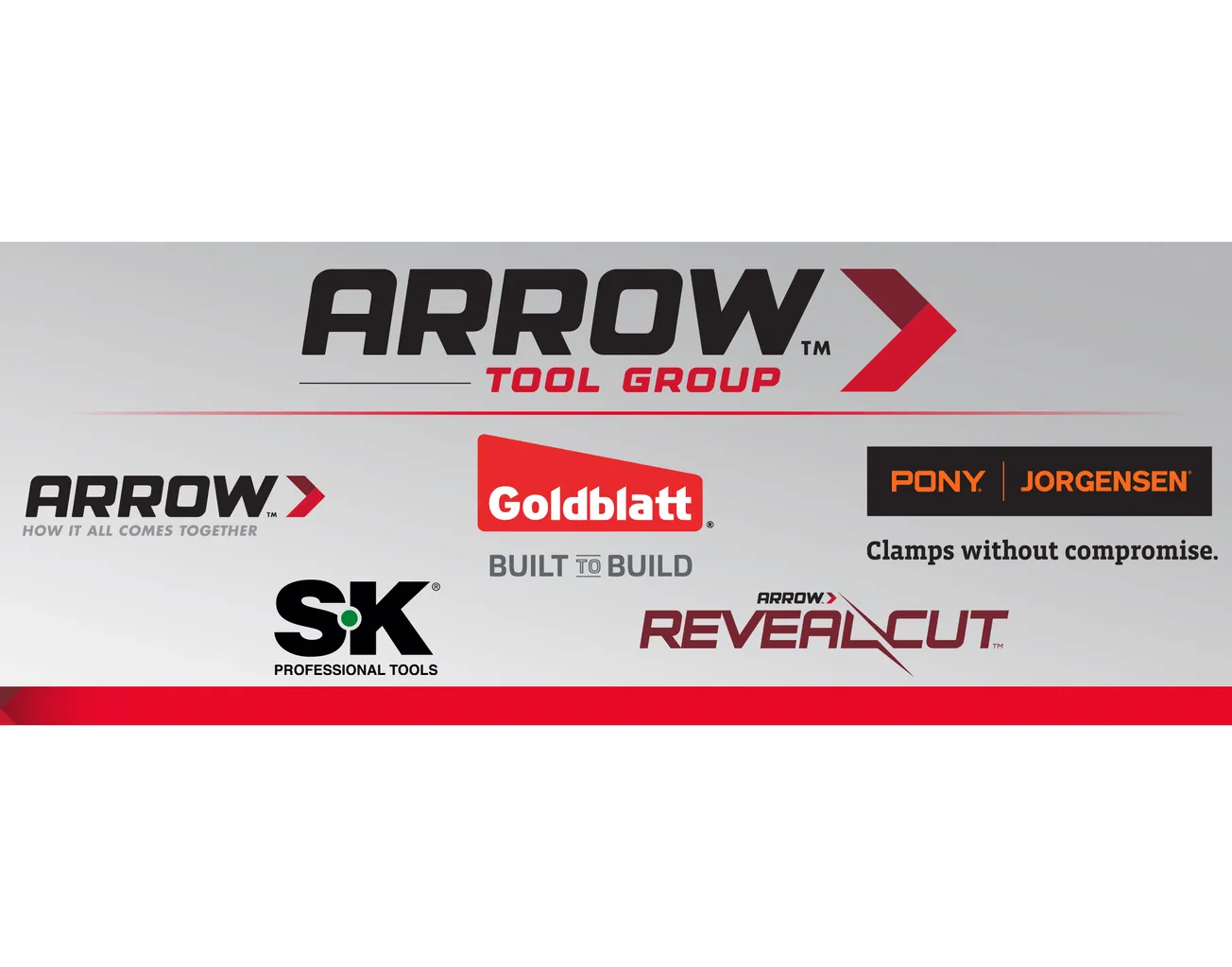Table of Contents
Over the past several years, electric/battery-powered forklifts have taken a stronghold in the material handling environment. The limitations and drawbacks that once made electric lifts inefficient and impractical have been put to rest by advancing technologies and proven performance.
Even lumberyards are switching to electric forklifts, after discovering that energy-efficient, environmentally friendly machines can do virtually anything emission-producing internal combustion (IC) forklifts do. Compared to liquid-fueled lifttrucks, electric lifts reportedly are less expensive to operate, equally powerful, easier to maintain, safer, quieter and cleaner. On the green side, electric consumes far less energy than their IC counterparts, plus they offer zero emissions, zero noise pollution, less vibration, and improved visibility.
“Electric trucks have come a really long way in the past few years and are now a highly viable alternative to IC engine trucks for most applications,” says Doosan’s Brian Grady. In dollar volume, sales of electric forklifts in the U.S. are forecast to increase from $14.3 billion in 2018 to $19.4 billion in 2025, an average jump of 5.4% annually.
Challenges do remain for electric. Users have to spend time charging the batteries. Electric engines typically have less torque than IC engines, making them less suitable for uneven or unpaved terrain, and giving them less lifting strength compared to equivalent-sized IC trucks—all notable shortcomings in high-demand environments like the lumberyard.
Forklift manufacturers are responding by engineering new models that combine greater lift capacity with longer battery lives.
Kalmar is investing in lithium-ion battery technology. “We want to develop industry-shaping solutions that minimize the environmental impact of our customer’s operations,” said Peter Ivarsson, Kalmar’s director of sales and marketing for forklift trucks. “Li-ion technology and electric drivelines in general benefit forklift customers in a huge variety of ways, from improving the eco-efficiency of their operations to boosting productivity and cutting maintenance and operating costs.”
To minimize any downtime from having to suddenly charge, repair or replace batteries, Hyster has introduced a device designed to improve battery performance and life. Utilizing existing wireless networks, Hyster Battery Tracker monitors usage and delivers alerts for potential battery issues, reporting on water level, charge level, voltage current, and battery temperature.
Other companies rolling out electric forklifts specifically designed for use in the lumberyard include Toyota, Combilift, Carer and Doosan.
And although the company traditionally has targeted ports and marinas, Wiggins Lift Co. recently unveiled the Yard eBull—an electric forklift capable of hauling up to 70,000 lbs. Lumberyards may be next.









